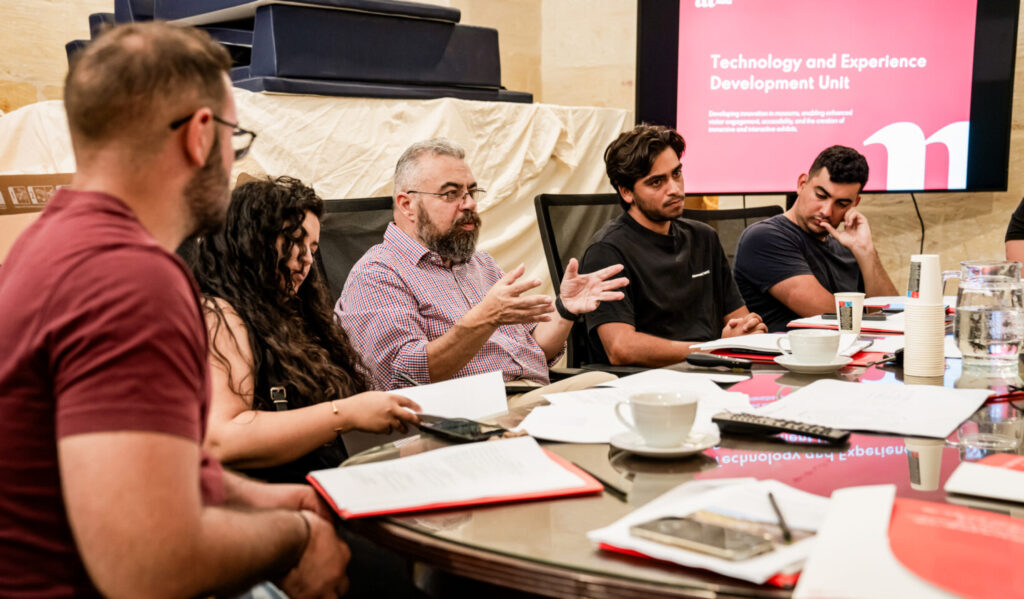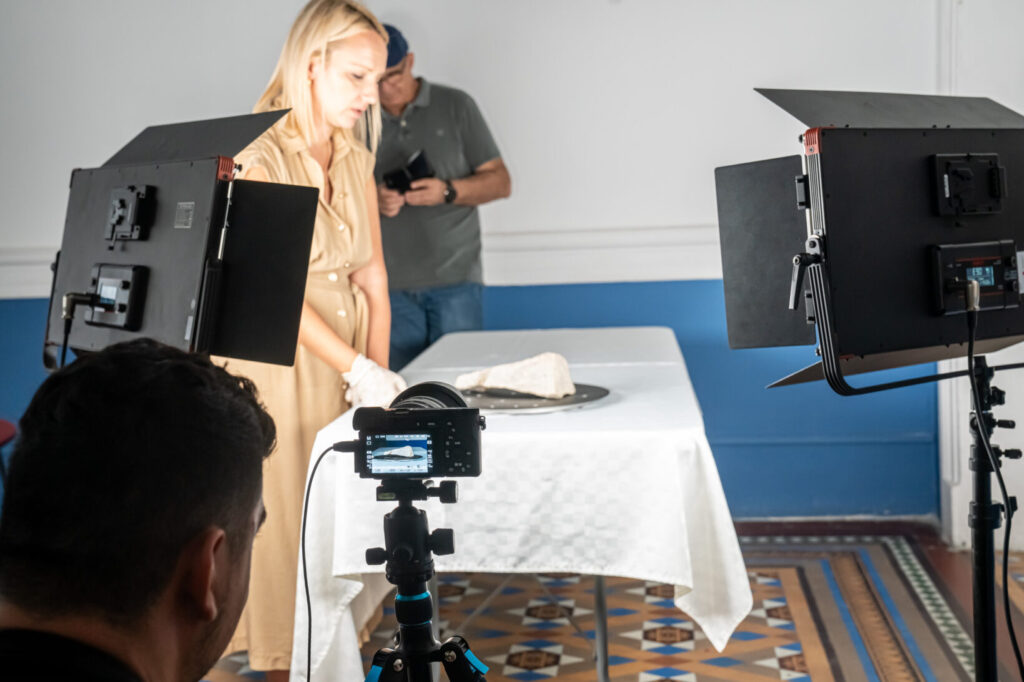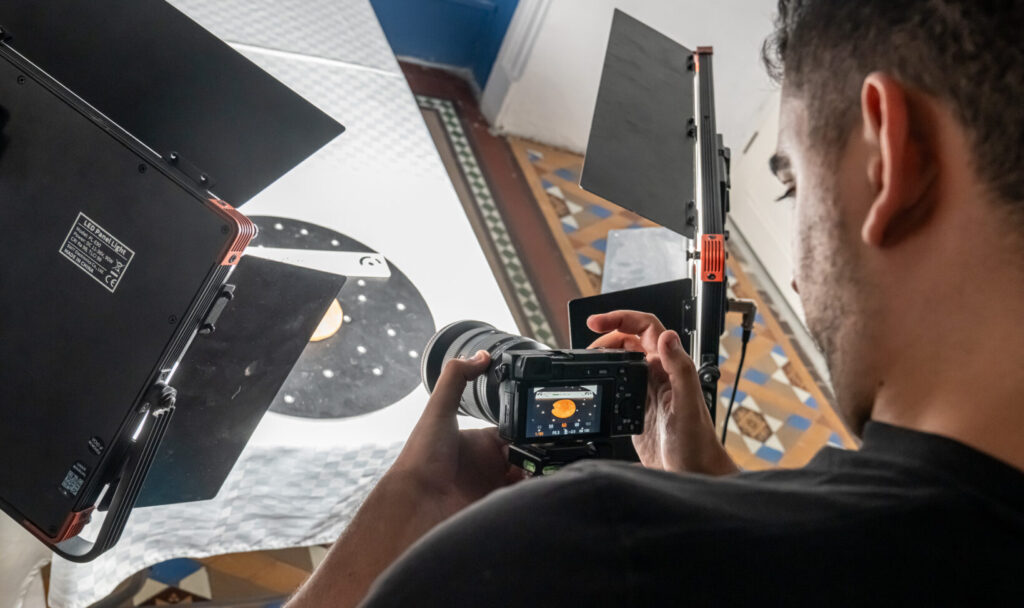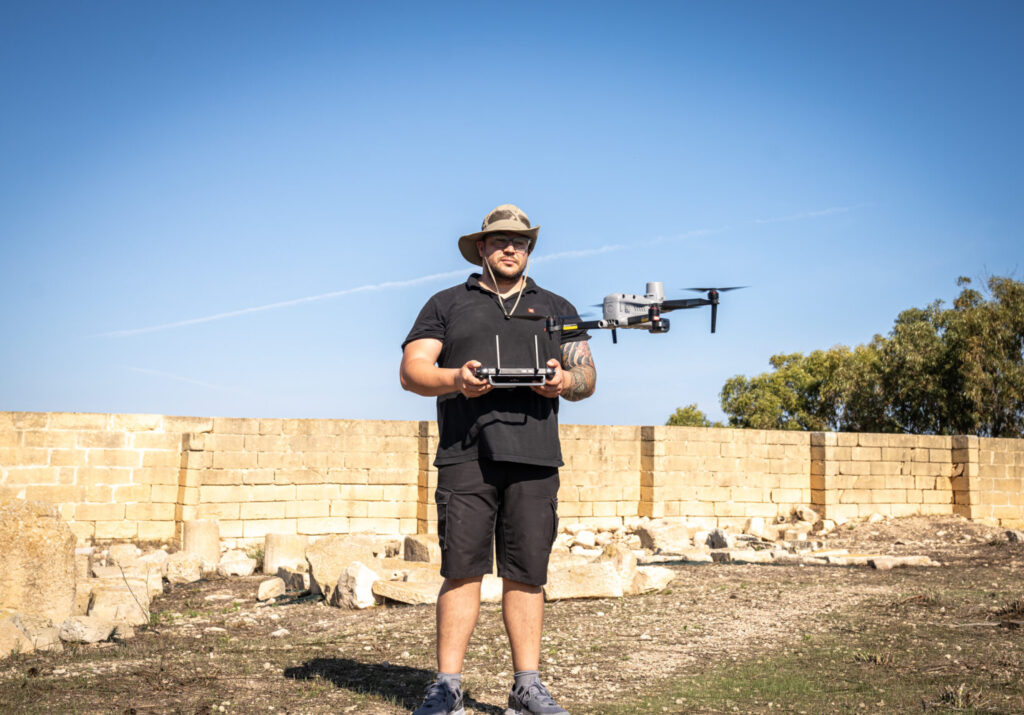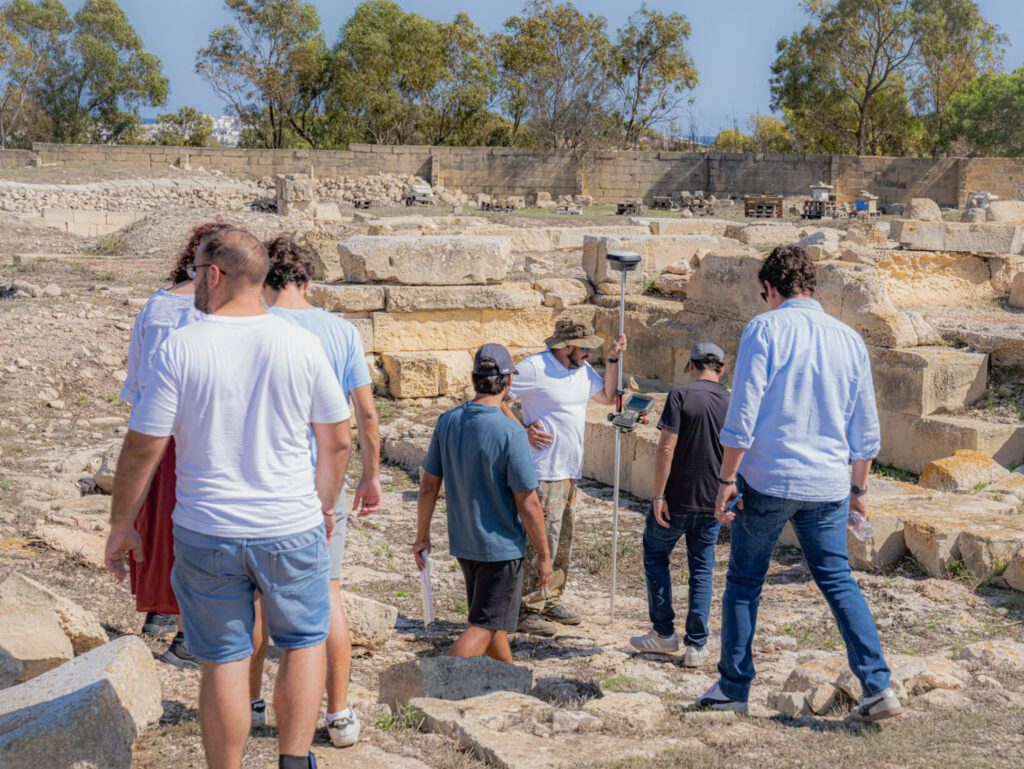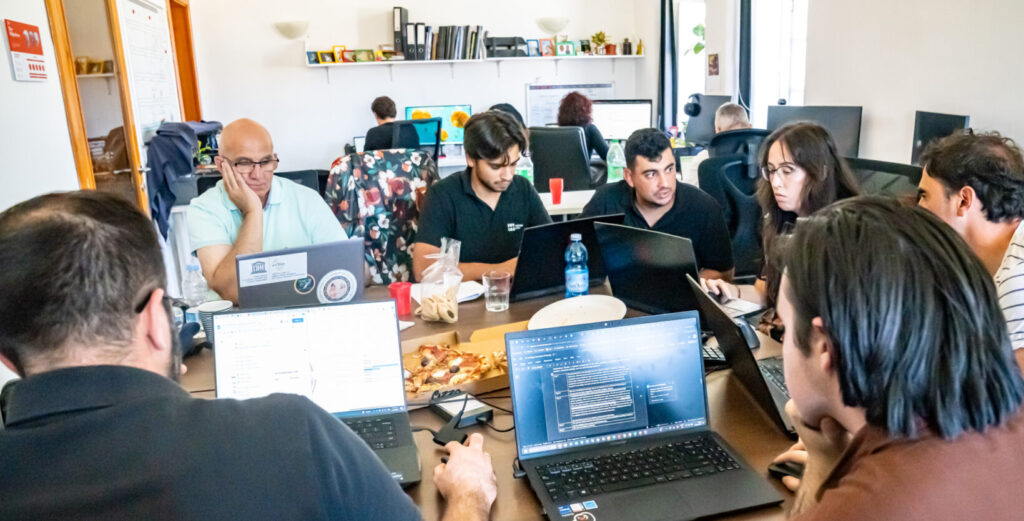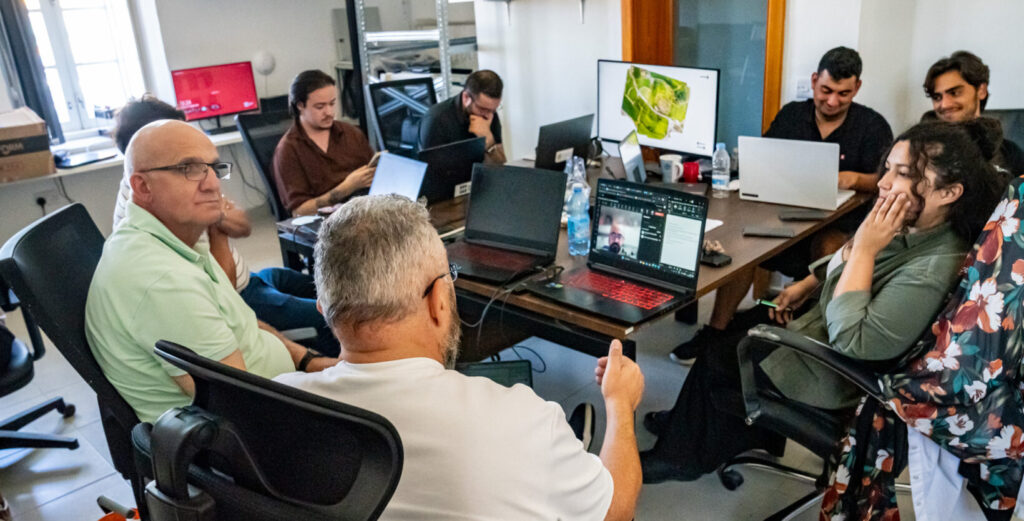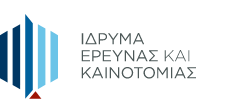From the 23rd to the 27th of September 2024, the UNESCO Chair on Digital Cultural Heritage at the Cyprus University of Technology (CUT), in collaboration with Heritage Malta, organised a key training activity 3D Heritage Innovators Exchange 2024 to exchange knowledge on heritage digitisation methodologies for artefacts, monuments and archaeological sites. During the week-long event, the CUT team presented the EUreka3D workflow for the reconstruction of 3D digital twins, the corresponding metadata and related paradata needed for the upload to the project’s cloud platform Datahub. Moreover, emphasis was given during the demonstration for the automatic harvesting of digital 3D records to Europeana.
Hands-on training was held at the auspices of the National Museum of Archaeology in Malta, by digitising unique tangible movable objects from the famous megalithic Tas-Silg site located directly outside of Valetta. The collection of objects included a Punic inscription on a brown limestone fragment and a disk with imprint resembling an infant’s hand and foot, giving participants experiential training in photogrammetry and hand-held laser scanning.
Particular attention was given to special on-site training in 2D and 3D digital survey techniques using UAV photogrammetry, Terrestrial Laser Scanning (TLS), hand-held scanning, and Reflectance Transformation Imaging (RTI) at the Tas-Silg Archaeological Complex megalithic Maltese heritage site with extensive and varied historical layers spanning the prehistoric Tarxien phase to the Arab period.
The selected data processed partially on-site and finalised at the auspices of the Heritage-Malta. The attendees had the opportunity to apply the EUreka3D Methodology based on the EU VIGIE2020/654 Study results.
At the end of the training activity the results were presented to the 25 fellows and experts, followed by a fruitful discussion on the difference between the Digital and Memory Twin in the domain of Digital Cultural Heritage and its usability for the benefit of the multidisciplinary user community.


